
The five biggest challenges of RAS production
These are the main challenges for Recirculating Aquaculture Systems (RAS).
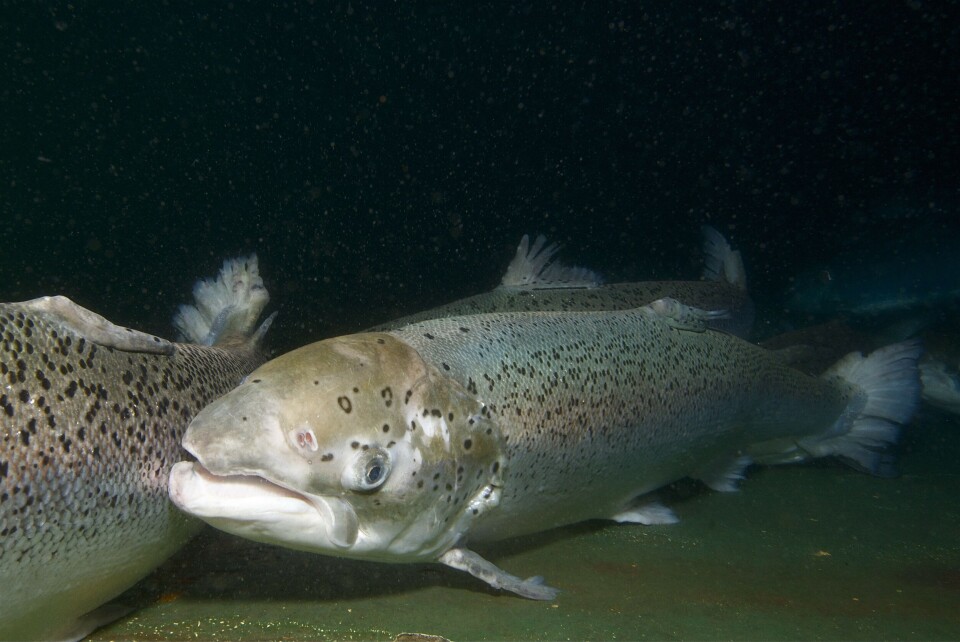
RAS have become the preferred technology for the land-based production of Atlantic salmon worldwide, as they have allowed for increased production using the same amount of water. Numerous RAS facilities have been built the last 15 years, and the scale is increasing all the time.
Benchmark Genetics is leading the way in land-based fish farming, producing three of every four eggs supplied to the industry globally. To learn from Benchmark’s diverse customer base and to gain a better understanding of the challenges faced by RAS-operators, the company performed a survey of its customer base this winter.
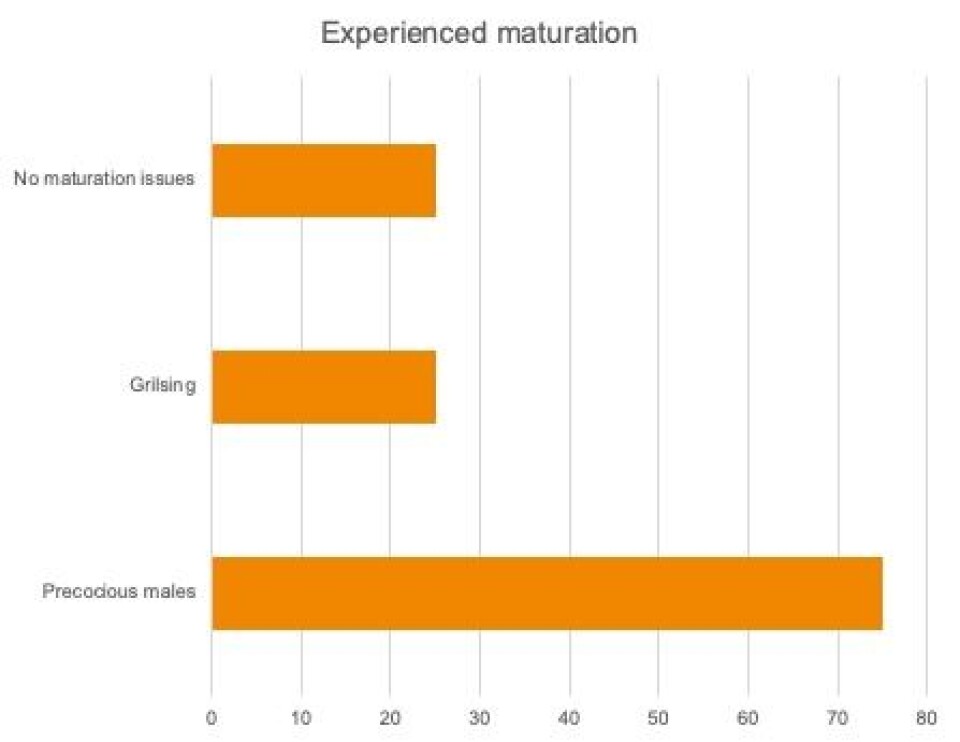
A total of 46 responses were received, 29 from systems for full-cycle land-based salmon production (4-5 kg) and 17 from systems for post-smolt production. Twenty were in operation, with the remainder still in the early stages.
“Most of the customers (85%) are planning to start production with eggs, which is a favourable approach, because it offers greater control of biosecurity,” says Geir Olav Melingen, Commercial Director of Benchmark Genetics.
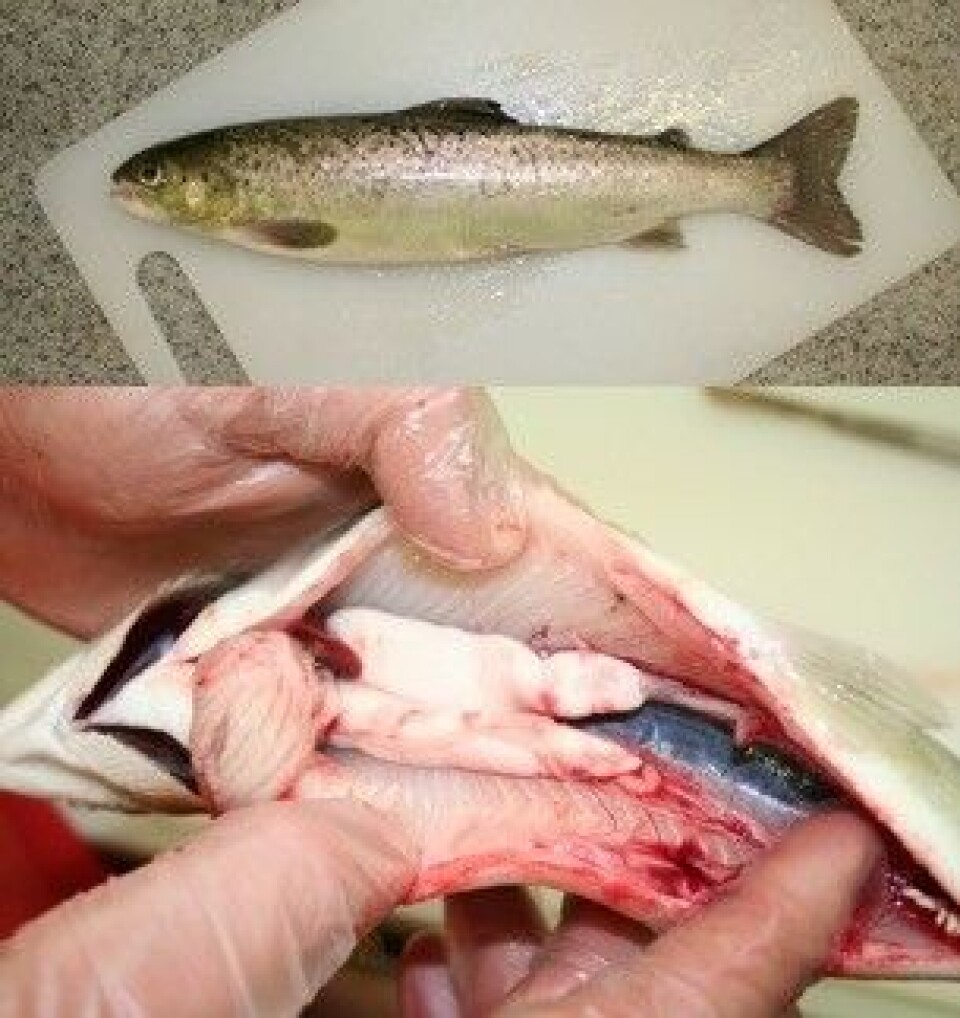
Precocious males a common challenge
When asked what their main technical challenges are, early maturation was the most common response.
Other challenges included:
- Water temperature/water ozonation
- Technical stability of the RAS equipment
- System management
- Scaling of biofilters
“More than 75% of respondents saw precocious males as a problem. All-female is becoming the standard for land-based customers. This does not eliminate maturation problems in production, but it significantly reduces the risk,” Melingen explains.
The respondents all indicated that their systems were at the recommended upper temperature level for incubation, between 6 and 8 degrees.
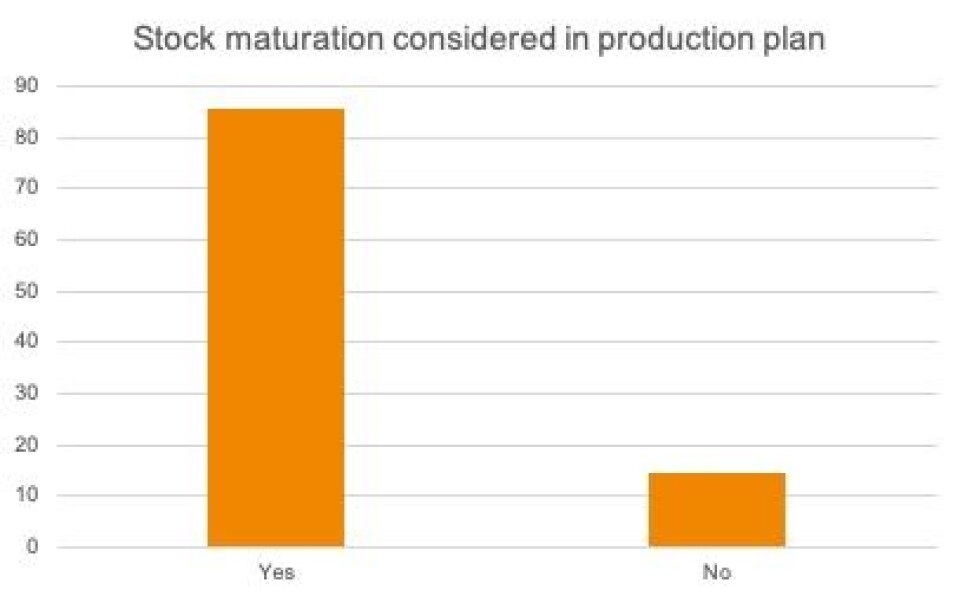
“In parr to smolt production, many are between 12 and 14 degrees, which is acceptable, but they are getting close to a limit where maturation may come in as a challenge,” Melingen warns.
Light has a major effect
With respect to maximum density in production, there was a much wider range between the producers, varying from 30 to 90 kilos per cubic metre.
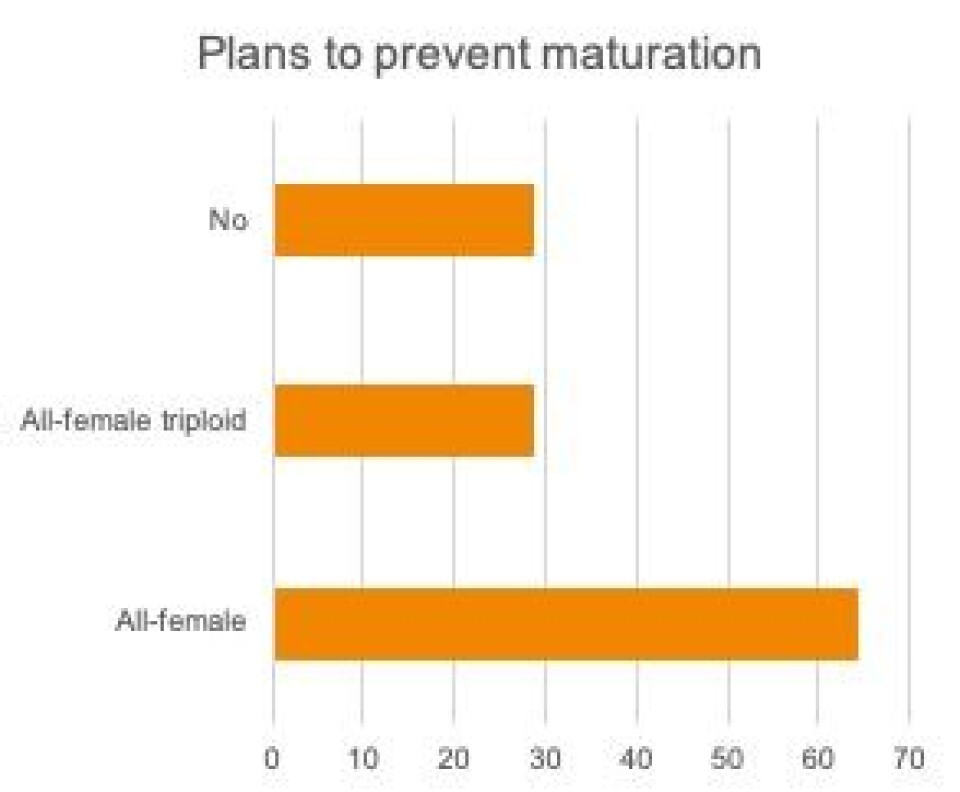
“Systems in both the upper and lower ranges can be very effective, but the higher you go on the density, the shorter response time you have if there are any failures in the production or with the technical equipment,” says Melingen.
For smoltification in full land-based production producing harvest salmon, most of the land-based customers plan to use photomanipulation whereby salmon are placed through a simulated winter followed by longer summer light. For land-based producers of large smolt (post smolt) transferring smolts into seawater, a combination of smoltification feed and photomanipulation seems to be their preferred choice.
“You can very easily destroy a perfectly good parr/smolt in a very short time by operating sub-optimally. This can be using light, temperature, or water chemistry sub-optimally during the smoltification period,” Geir warns.
Important to ensure good fish health
Benchmark Genetics aims to be a partner to aquaculture producers, and not just a supplier of eggs.
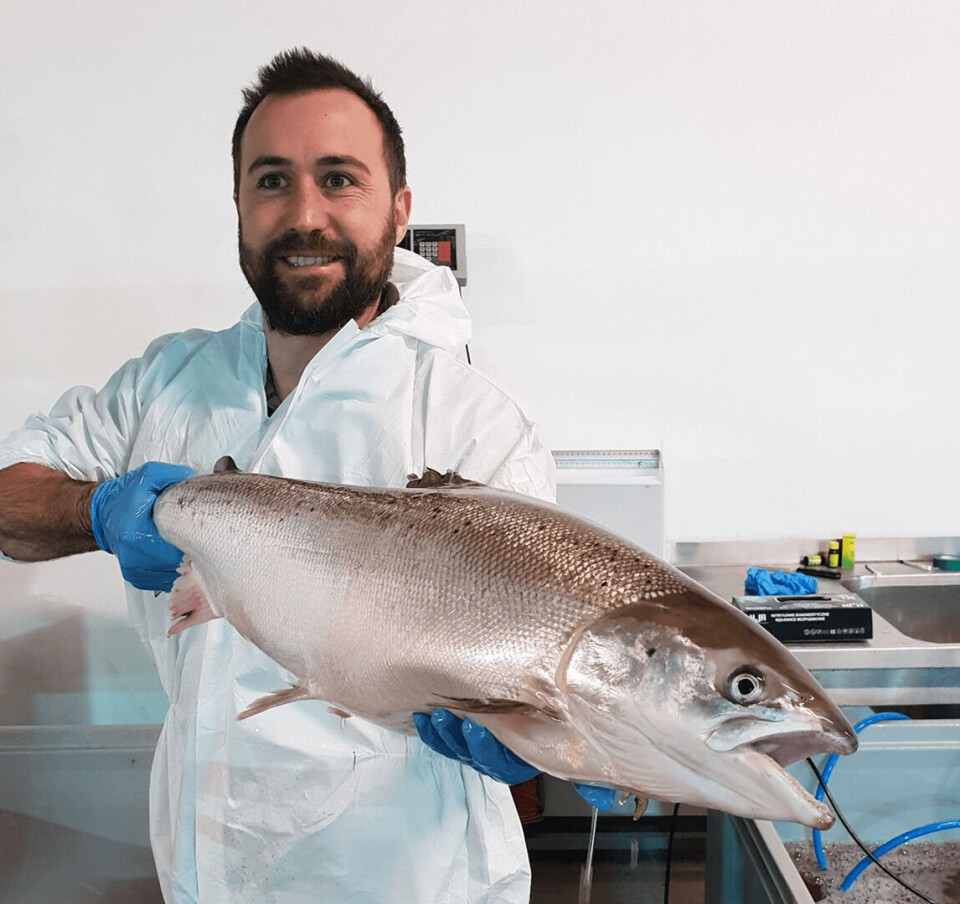
“We have a close dialogue with the customer throughout the process to ensure good fish health and welfare. Delivery at the right time in an optimal environment is crucial. We schedule regular follow-up conversations to look at performance and check for any variation between batches of eggs,” Melingen explains.
Recently RAS expert, Andrew Preston, joined Benchmark Genetics’ commercial team to encourage discussions with partners from an early planning phase.
“When farming salmon in RAS facilities within geographical areas where salmon have never been farmed before, detailed planning alongside partners and knowledge exchange are two of the most important factors for the improvement of fish welfare in RAS production,” says Preston.
He adds: “I am looking forward to working closely with our customers and to share my experience to help them succeed.”























































